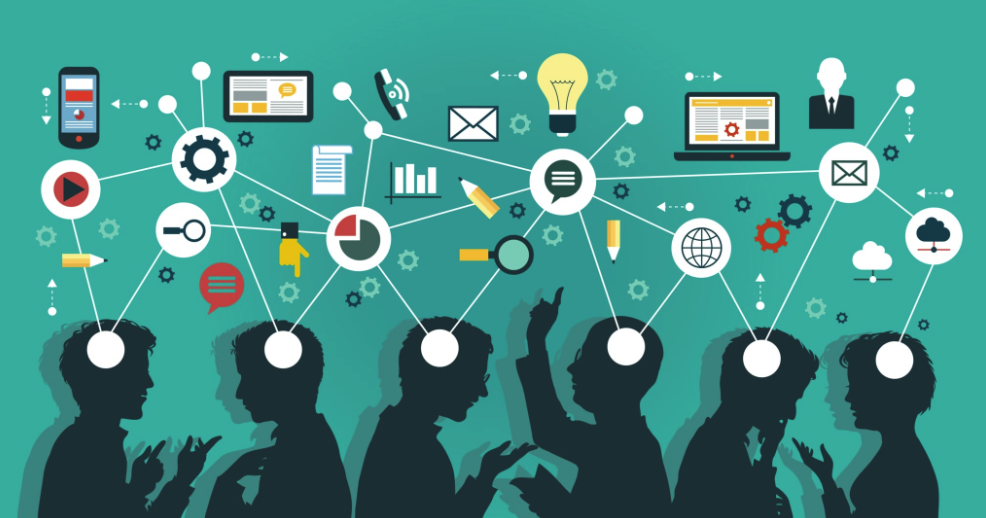
It is not as easy as it may seem to find a working definition of innovation. There are as many definitions as there are experts claiming to hold the secrets of innovation. The simplest definition of innovation that I could summarize based on top sources is as follows:
Definition of Innovation 1: A new idea resulting in an economic outcome.
The problem with this definition is that you cannot solve solve one equation with two or more unknowns. What is new? What is an idea?, and What constitutes an economic outcome? Finally, How can we identify innovation before it happens? These are significant barriers. I spoke with one VC about this problem and his response was:
Definition of Innovation 2: “I know it when I see it”
A definition is supposed to be distinct and precise. One should be able to predict, identify, or anticipate the object based on its definition. It appears that innovation can only be defined after the fact and not before, by most accounts. As a result, we treat innovation as if it were random or accidental or so unique that only a gifted few possess the ability to achieve it. This is important because innovation is the single most important determinant of achieving a sustainable economic environment.
Economics is the science of incentives. Calculus is the science of change.
When I was about 6 years old I got my first bicycle. It was a single data point sitting under the Christmas Tree. It came with a little pamphlet with lots of information on how to use it. My first attempt started just like the pamphlet described, until I crashed. The promise of stylish and speedy mobility was a strong incentive. Each time I crashed, my knowledge of bike riding increased at a very rapid pace as I developed new ideas about balance, coordination, and impact. I frantically innovated solutions to my problems until I was successful. As I progressed to bigger bikes and various motorcycles, I developed the ability to anticipate reactions to future obstacles based on a so called wealth of past experiences. I had developed Wisdom.
Toddlers can be readily observed innovating ways to carefully descend the stairs backwards on their tummy. This thought sequence repeats itself continuously throughout their formative years and into adulthood. A wise person is generally witnessed a great many outcomes and always seems to know what to do, when to do it, and why it should be done.
Hang on as this is going to get a little bit wonky:
Most engineers and scientists would recognize the following as a differential equation. The relationship between data, information, knowledge innovation, and wisdom are classic derivatives:
- The value of information is derived from the value of the data
- The value of knowledge is derived from the value of the information
- The value of innovation is derived from the value of the knowledge
- The value of wisdom is derived from the value of the innovation
This is the basis of the WIKiD Tools algorithm (Wisdom, Innovation, Knowledge, information, Data) developed by The Innovation Bank
Definition of Innovation 3: Innovation is proportional to the rate of change of knowledge with respect to time.
I certainly don’t expect a call from Merriam-Webster or widespread agreement from the innovation consultants any time soon. What is important is that this definition does not contradict any of the other definitions. And, it can be easily expressed as an algorithm suitable for machine learning, with data points that can be identified, measured, and validated.
We can now go about he business of creating conditions where knowledge is allowed to increases at a very high rate. Innovation cannot happen in a vacuum.
The Holy Grail of Finance
Predicting the fact of Innovation before it happens is the holy grail of finance. While many corporations and venture capitalists are somewhat successful at identifying a single product that will produce an economic outcome, they do it at the expense of foregoing the ecosystem from which that product arose. As such, predicting the Return on Investment (ROI) may be easily skewed by ignoring the broader social consequences of the product. Deficiencies in data, information, knowledge, and wisdom are the leading factors in start-up failures, not innovation.
Using a sports analogy, competition is a good way at arriving at the best solution to a specific objective. But in order to arrive at a single winner, you must first manufacture 10 times more losers. While conflict and competition is indeed entertaining, this is a very expensive and inefficient way to go about meeting the needs of consumers, let alone a crowded planet.
Intrinsic Value
Innovation is ubiquitous, interconnected, and interdependent on a sequence of factors shared across diverse people and places. Innovation is the intrinsic characteristic of our species and wholly responsible for the advancement of civilization itself. Everyone groans about how money is losing its intrinsic value because of inflation, corruption, or runaway national debt. As a result, cryptocurrencies conveniently drop the idea of intrinsic value altogether. People look to government, charismatic leaders, academia, and industry to solve staggering systemic risk and environmental collapse – to no avail.
Yet, all along, there may just be an extremely simple and inexpensive way to represent the intrinsic nature of innovation as the basis of value that we can quite literally pay for our own preservation. The following chapters describe this method. Please join us at The Ingenesist Project

